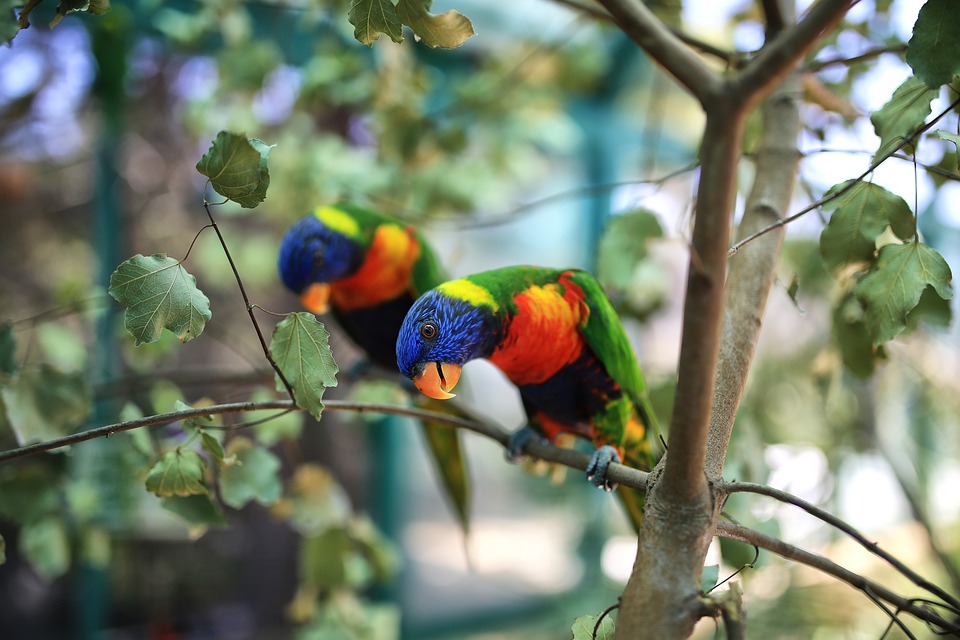Parrots are highly intelligent creatures that can be trained to perform a variety of behaviors. One useful and fun command to teach your parrot is “back up.” This command can help manage their behavior and ensure they are a well-behaved companion. In this comprehensive training guide, we will provide you with step-by-step instructions on how to train your parrot to back up. We will also address some frequently asked questions related to parrot training and behavior.
Before you begin the training process, it is important to create a positive and distraction-free environment for your parrot. Choose a quiet room with minimal distractions, such as other animals or loud noises. Ensure that your parrot is comfortable and relaxed, as this will facilitate the learning process.
Building a strong bond and trust with your parrot is the foundation of successful training. Spend quality time with your parrot, engage in interactive play sessions, and offer treats as rewards. This will help create a positive association with you and make the training experience more enjoyable for your parrot.
To introduce the “back up” command, choose a specific command or cue word such as “back up” or “move.” Consistency is key here, so make sure to use the same command every time you want your parrot to perform the behavior.
Target training is a useful technique to teach your parrot specific movements. Start by presenting a target stick or an object your parrot is familiar with. Hold it a few inches away from their chest. As your parrot investigates or touches the target, reward them with a treat and praise. Repeat this process several times until your parrot consistently touches the target with their beak or foot.
Once your parrot is comfortable touching the target stick, slowly increase the distance between the stick and their chest. Encourage your parrot to take a step backward while targeting. Each time they successfully move back, reward them with treats and praise. Repeat this step, gradually increasing the distance until your parrot can confidently take a few steps backward.
Consistency and repetition are crucial during the training process. Reinforce the behavior by practicing the “back up” command in different locations and situations. Make sure to reward your parrot each time they perform the behavior correctly. Over time, your parrot will associate the command with the desired action.
Now let’s address some frequently asked questions related to parrot training:
Q: How long does it take to train a parrot to back up?
A: The training duration can vary depending on your parrot’s individual personality, previous training experience, and the time you invest in training sessions. Some parrots may learn the behavior quickly within a few days, while others may take a few weeks or even months. Patience, consistency, and positive reinforcement are key.
Q: What if my parrot doesn’t respond to the training?
A: If your parrot is not responding to the training, it’s essential to evaluate the training technique, environment, and your parrot’s motivation. Ensure that the training sessions are enjoyable, use high-value rewards, and consider seeking advice from a professional avian behaviorist or trainer for personalized guidance.
Q: Can I train an older parrot to back up?
A: Absolutely! Parrots of all ages can learn new behaviors. However, older parrots may take longer to adapt to new commands or behaviors. Be patient and adjust the training pace according to your parrot’s abilities and comfort level.
Q: Are there any risks associated with training a parrot to back up?
A: Training a parrot to back up is generally low-risk. However, it’s essential to consider your parrot’s physical limitations and avoid asking them to perform movements that may cause discomfort or stress. Always prioritize your parrot’s well-being and consult with a veterinarian if you have concerns.
In conclusion, teaching your parrot to back up is an engaging and beneficial training exercise that enhances their behavioral repertoire. By following the step-by-step guide provided in this article, you can establish clear communication with your parrot and create a harmonious living environment. Remember to be patient, consistent, and always prioritize your parrot’s well-being throughout the training process. Happy training!









